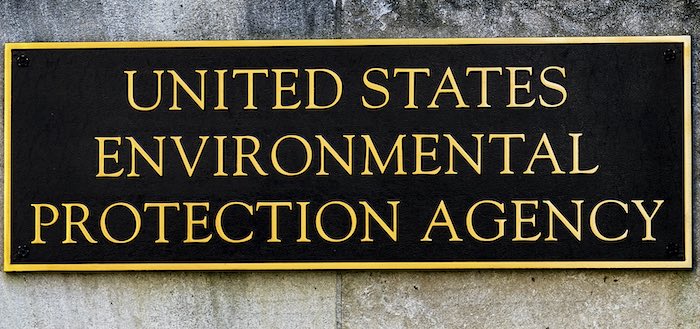Concerns Arise About the EPA’s Draft Risk Evaluation for Asbestos

The Environmental Protection Agency (EPA) published a Final Risk Evaluation for Asbestos. As part of its preliminary evaluation, the EPA assessed the risks to human health and the environment under certain asbestos-exposure conditions.
After release, the draft underwent peer review from the Science Advisory Committee on Chemicals (SACC). The SACC suggested several revisions to the draft. The committee felt the EPA may be underestimating the risks of asbestos. It also challenged the methods used to determine risk.
Request a Free 2025 Mesothelioma Guide
What Did the Draft Risk Evaluation for Asbestos Say?
The evaluation focused on asbestos risk to the environment and people. Two main conclusions from the draft include:
- There is no unreasonable risk to the environment.
- There is unreasonable risk to people.
Note: The EPA based these conclusions on 33 “current conditions of use.” Both conclusions are preliminary. The EPA will review findings from the peer review and public comment period.
Under EPA guidelines, “Risk to people” refers to workers, consumers, occupational non-users and bystanders. All of these people could be “adversely affected” by certain uses of asbestos. Asbestos exposure can cause mesothelioma, lung cancer, asbestosis and other related illnesses.
Asbestos is not fully banned in the United States, though there are many regulations. Asbestos is still present in numerous older products and is allowed in new products in small quantities.
What Are the SACC’s Suggested Revisions?
The SACC is a committee established by the EPA. It provides independent scientific advice and recommendations to the EPA. It supports activities under the Toxic Substances Control Act (TSCA), the Pollution Prevention Act (PPA) and other applicable statutes.
The SACC noted the asbestos evaluation should:
- Focus on all types of asbestos, not only current commercial uses of chrysotile asbestos.
- Account for “legacy” impacts, such as older products still in use today.
- Consider contaminated products (such as talcum powder).
- Address secondary or “take-home” exposures.
- Consider more health risks, not just lung cancer and mesothelioma.
- Focus on incidence, not just mortality data.
In its current state, the evaluation could be underestimating the dangers of asbestos. Expanding types of asbestos, types of exposure and health risks could demonstrate a bigger asbestos health risk.
Additional information about the SACC’s commentary is also available on the EPA’s website.
Other Organizations Concerned With the Risk Evaluation
There are several organizations advocating for asbestos safety. Some have spoken out to support the SACC’s call for revisions to the evaluation.
The Asbestos Disease and Awareness Organization (ADAO) supported the SACC’s concerns. The ADAO’s concerns with the risk evaluation include not addressing:
- The risks of other types of asbestos (other than chrysotile)
- Health risks such as asbestosis and ovarian cancer
The EPA encourages public participation. It also emphasizes its goal to make “decisions based on the weight of scientific evidence.”
How Does the EPA Complete a Risk Evaluation?
The EPA uses a variety of information to inform risk evaluations. This information includes scientific literature, risk-assessment activities, asbestos-exposure data and much more.
Once completed, the EPA publishes the initial scope for public comment. The EPA published the Draft Risk Evaluation for Asbestos on April 3, 2020.
The EPA notes the draft risk evaluation may undergo changes. Feedback from the public and scientific experts inform final determinations. The EPA has a dedicated page for more information about the Final Risk Evaluation for Asbestos.